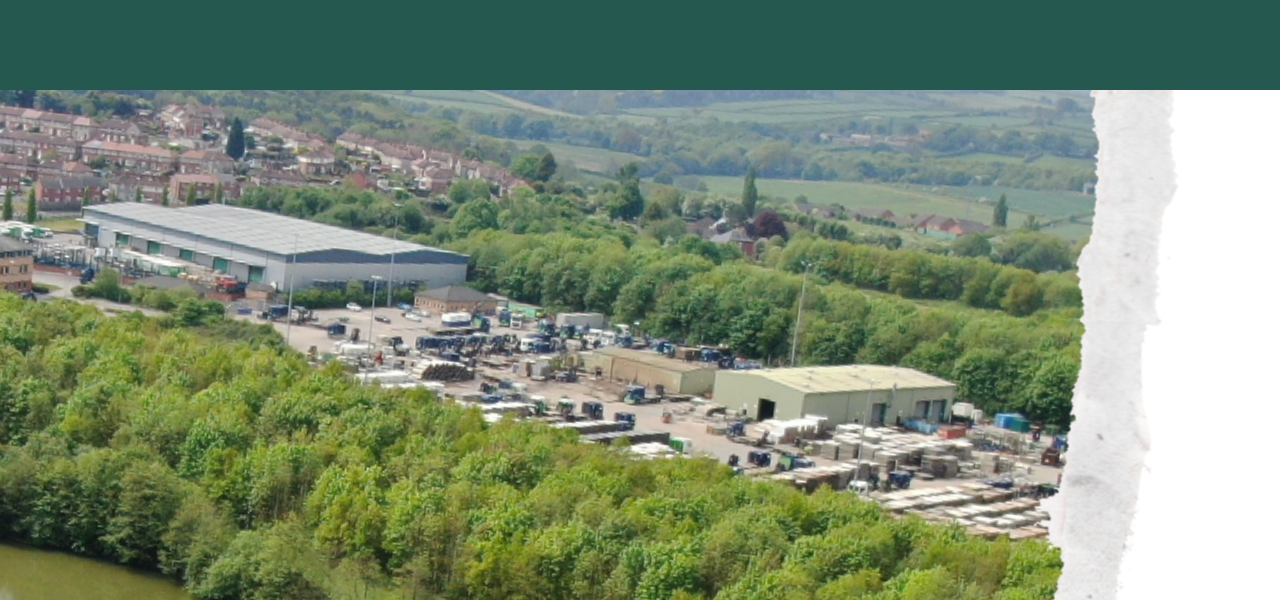

Net Zero Jargon Busting
We don’t want to waffle on if you don’t know what we’re talking about!
And we know we do!
So, here’s our Net Zero Jargon Buster! Let us know if we’ve missed something.
NZJB
Net Zero Jargon Buster!
Just joking – we’d NEVER shorter things to ridiculous letters that no one knows what they mean… 😂😂
Net Zero
(NZ!) As simply as possible, being net zero means adding no more greenhouse gases to the Earth’s atmosphere than the amount you’re taking out.
Greenhouse gases, of which carbon dioxide is the main one (hence the term ‘carbon emissions’) are harmful in that they let sunlight pass through the atmosphere but stop the heat from the sunlight going back out into space. Over time, this trapped heat has contributed to global warming and climate change.
Climate Change
The change in long-term climate patterns as a result of global warming, resulting in more regular and violent extreme weather events, sea level rise and the loss of natural habitats.
We’re seeing the effects all over the world. For example, the devastating heatwaves in Canada in summer 2021 where temperatures reached a whopping 49.6 degrees. And the widespread Australian Bushfires in 2019-2020. Climate experts are clear that we’ll continue to see these extreme weather events like fires, severe storms and flooding start earlier and last longer, so we must act.
Carbon Neutral
Being carbon neutral means that any carbon emissions are offset. So, a business that pledges carbon neutrality isn’t necessarily reducing its emissions but rather balancing them out – typically by planting more trees or investing in tech that captures and stores carbon.
Greenhouse Gases
(GHG’s!!) Carbon Dioxide isn’t the only gas that heats the planet – other major ones include methane, nitrous oxide and ozone. Because of our rising population and our energy-guzzling lifestyles, these emissions are unsustainable too. For instance, livestock farming is the biggest source of methane emissions in the world and contributes to over 14.5% of global greenhouse gases – so opting to eat less meat or go vegetarian or vegan can be dramatically better for the environment.
Biodegradable
A biodegradable material is one which breaks down organically over time.
Biodegradable materials differ widely – some may break down naturally in a short space of time in natural conditions (such as a garden compost bin), but others take much longer to degrade or may need industrial conditions (such as extreme heat) to complete the process.
YOU COULD TRY…
Making recycling bins.
How many tea bags do you get through at work every day? How much paper is chucked in the bin under your desk?
Get a tea-bag caddy and a bin dedicated to paper recycling. Make it a thing!
Compostable
A biodegradable material that will decompose alongside other organic matter to produce compost.
Some compostable materials can decompose at ambient temperatures in garden compost bins and can therefore be labelled as ‘home compostable’, but others require specific industrial conditions such as high heat and need to go to specialist facilities.
Carbon Sink
A carbon sink is anything that absorbs carbon from the atmosphere and locks it away. Key carbon sinks include plants, soils and the ocean.
Examples of artificial carbon sinks include the use of timber in construction or carbon capture and storage (CCS) technology.
Decarbonisation
The process by which carbon dioxide emissions associated with electricity, industry, and transport are reduced or eliminated. Under the Net-Zero Standard, most companies are required to reduce emissions by at least 90% to reach net-zero.
Circular Economy
Just as nature is a ‘circular’ system with no waste, a circular economy is one that maximises resource efficiency, keeps materials in use for as long as possible and makes sure they are recycled or recovered at end-of-life.
This is in contrast to the linear ‘take, make, use, throwaway’ approach that currently dominates economic thinking.
Often also referred to as a ‘closed loop’ system.
Greenwashing
When an organisation uses marketing spin to give a false impression that it is an ‘environmentally friendly’ company.
Risks of greenwashing are high because of the use of jargon, like some of the terms on this list, without proof of any real action or an understanding of what they entail.
Always ensure climate commitments are backed up with evidence of a credible strategy.
Fossil Fuels
A natural carbon-based fuel that comes in the form of a solid (coal), liquid (oil) or gas state, derived from the remains of living organisms that were placed under huge pressure beneath the Earth’s surface over millions of years.
Although naturally formed, fossil fuels are limited in supply. They release carbon when burned, contributing to global warming.
YOU COULD TRY…
Installing a timer switch on your lights.
We all know we’re spending a bomb on electric & gas bills, if your office or toilet lights are on all the time why not install a timer or a motion sensor and save the environment, and some cash, at the same time!
Bioenergy
Fuel that is produced from biomass i.e. plant or animal materials, that is used to generate heat or electricity. For example, wood or sewage.
Carbon Footprint
The amount of carbon dioxide (CO2) emissions produced by a person or other entity, for example, a country or business.
Emissions
Emissions refer to the discharge of something, most commonly gas or radiation.
CO2 Emissions
When carbon dioxide (CO2) is released into the Earth’s atmosphere. This is mainly through burning fossil fuels and wood.
Clean Energy
Renewable, zero-emission energy that does not pollute the Earth’s atmosphere.
Renewable Energy
With the UK committed to reducing its carbon emissions, renewable energy has never been more important. Our renewable energy lawyers understand the financial, policy and regulatory challenges facing our clients and are experienced in driving renewable energy projects to completion.
YOU COULD TRY…
Buying local!
Using local suppliers in your supply chain can massively reduce the carbon impact. And your customers will love being able to support their local economy.
Adaptation
Making changes to deal with the effects of climate change — both now and in the future. This includes building infrastructure such as flood and fire defences, developing crops that can cope with new climatic conditions, and exploring new ways of cooling buildings.
Climate
The average of weather, and includes phenomena such as rain, flooding, drought and storms, heat and cold, and other extreme weather events.
Fossil Fuels
Formed from the remains of plants and animals over millions of years. The main fossil fuels are coal, petroleum and natural gas. When burnt they release carbon dioxide, methane and other greenhouse gases (see Greenhouse gas).
Biomass
Renewable organic material that comes from plants and animals.
Carbon Offset
Compensating for the release of emissions by making a cut or saving of carbon dioxide from the atmosphere. This could involve the planting of trees or another carbon removal activity.
Tipping Point
Critical climate thresholds that, once passed, can lead to irreversible changes to our planetary systems. Global warming could potentially push several systems past these thresholds.
